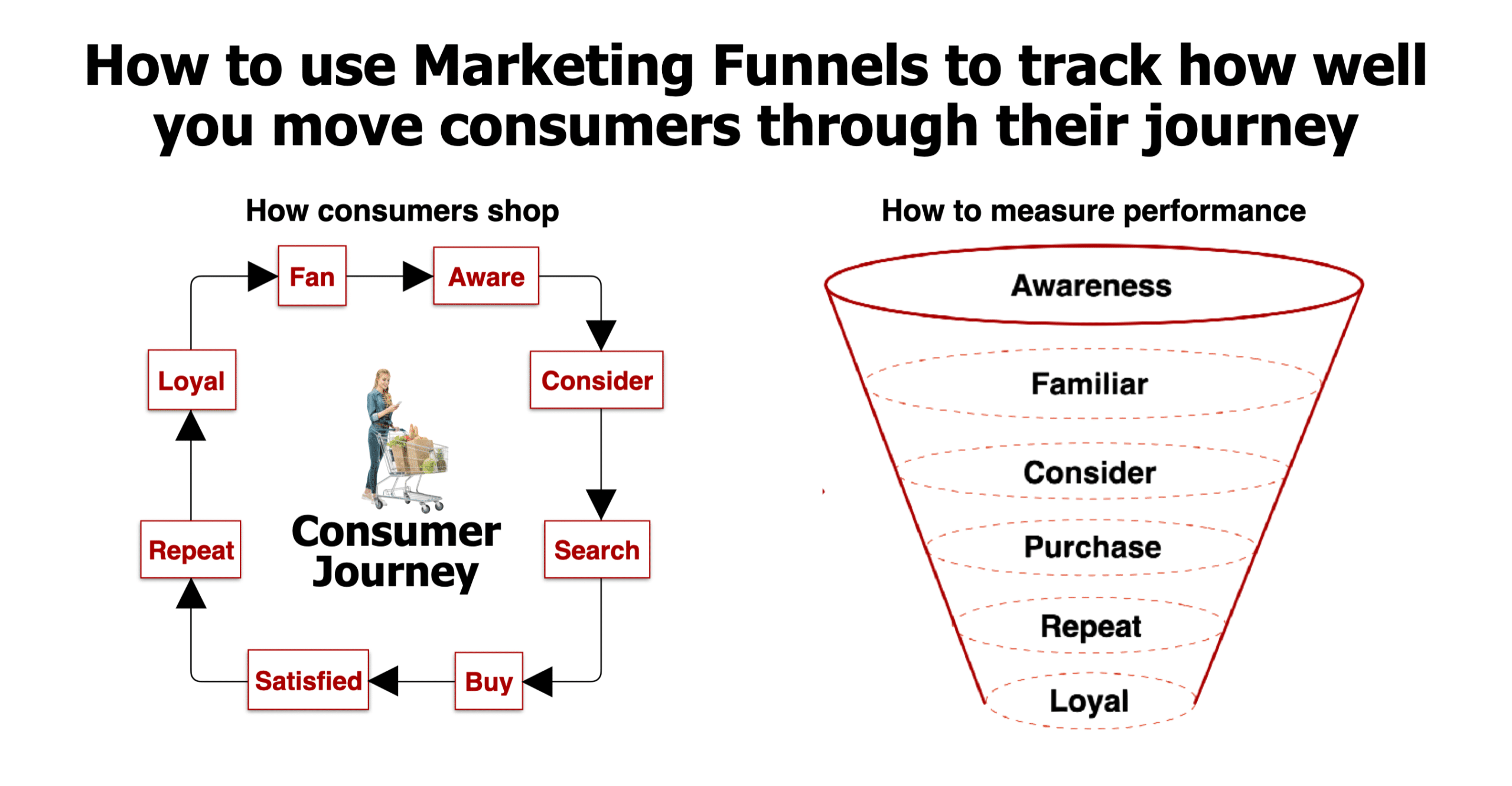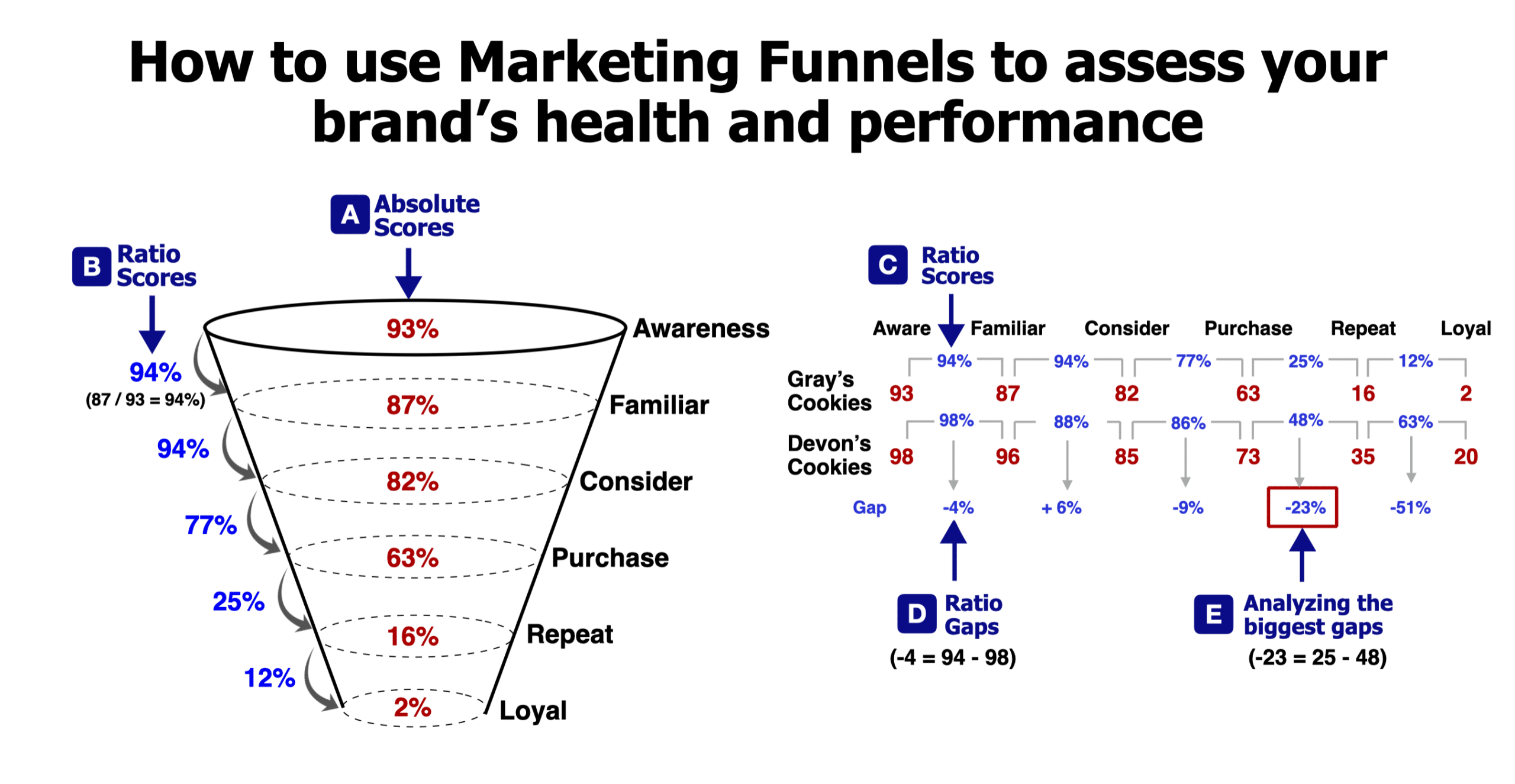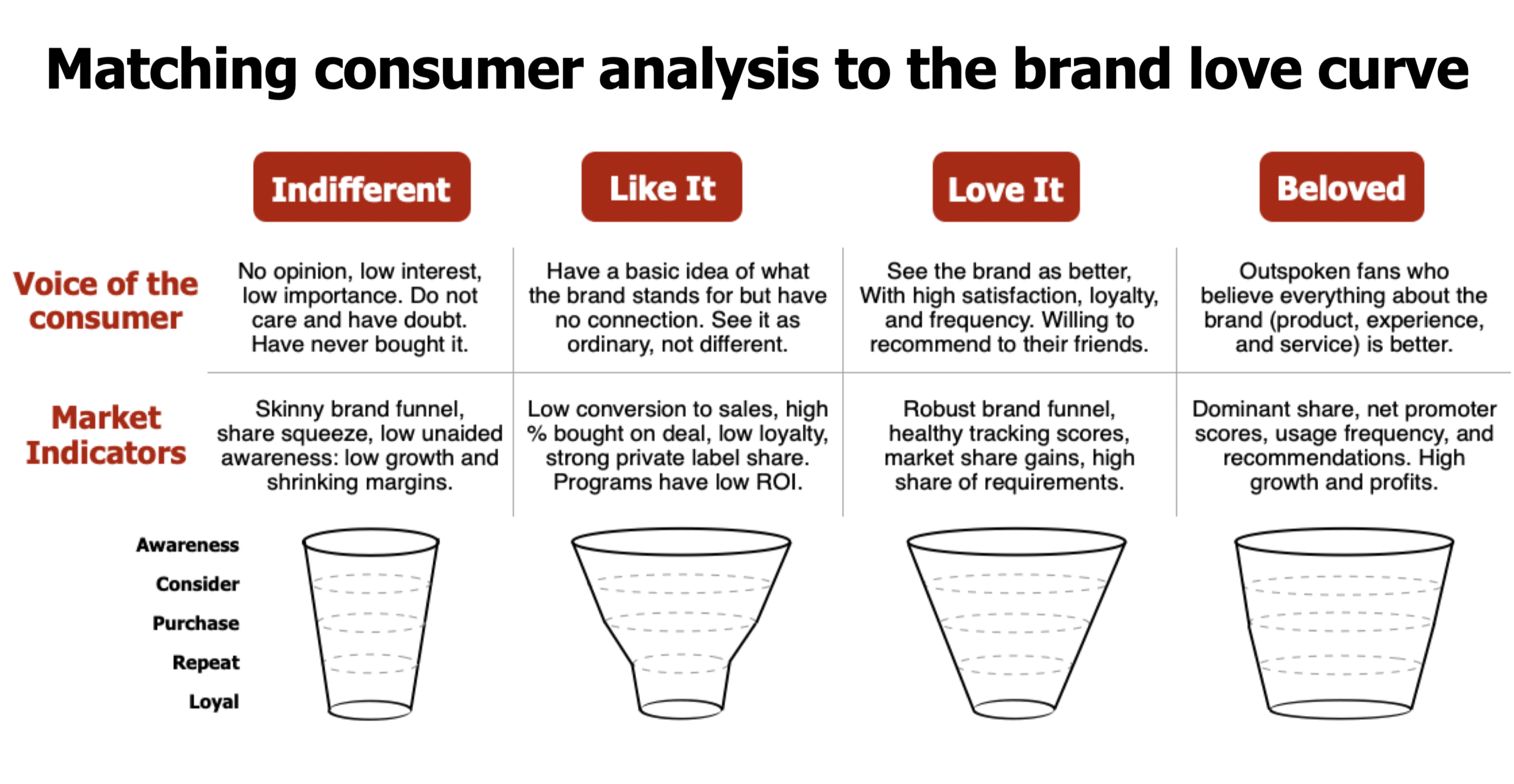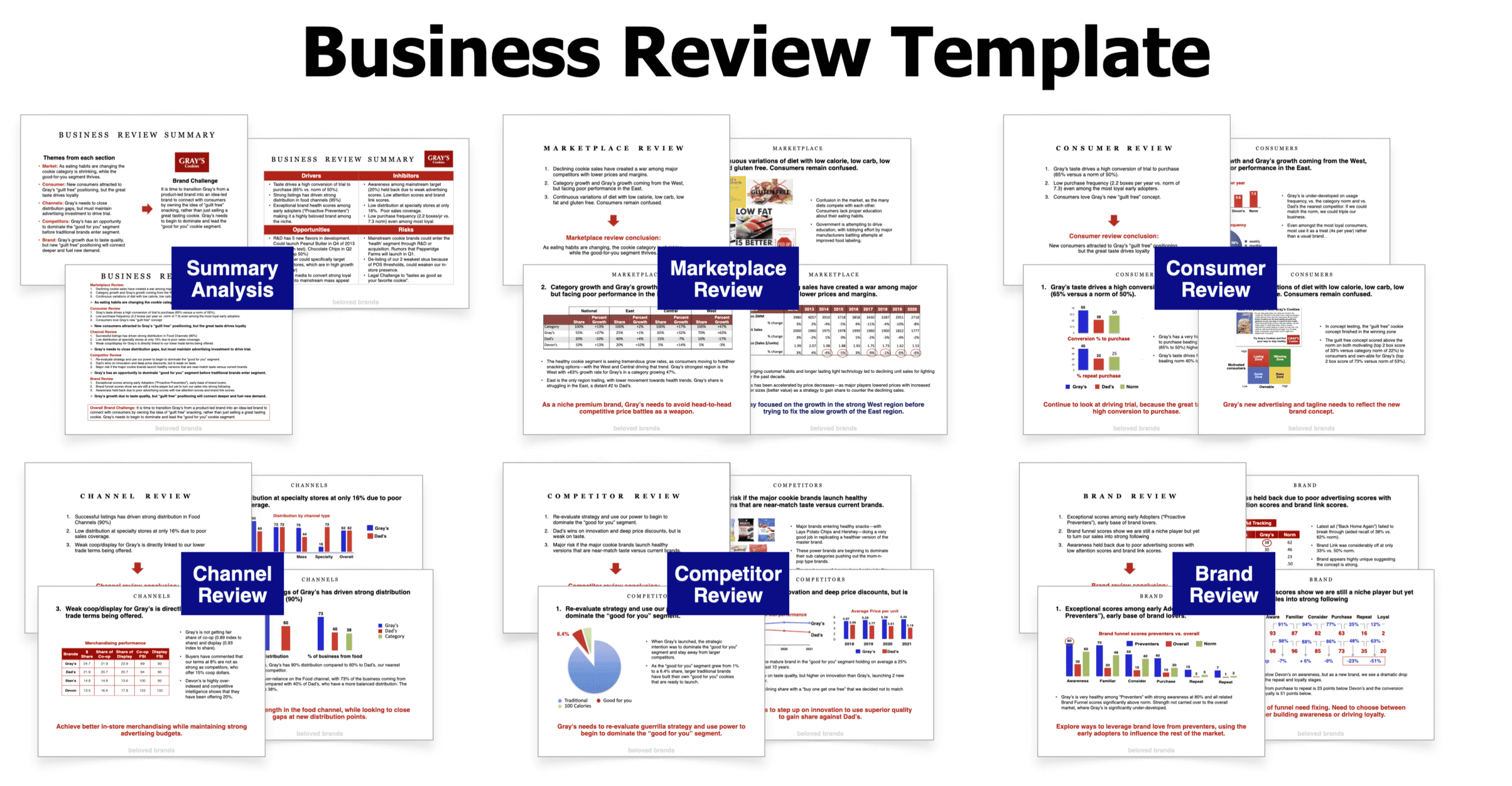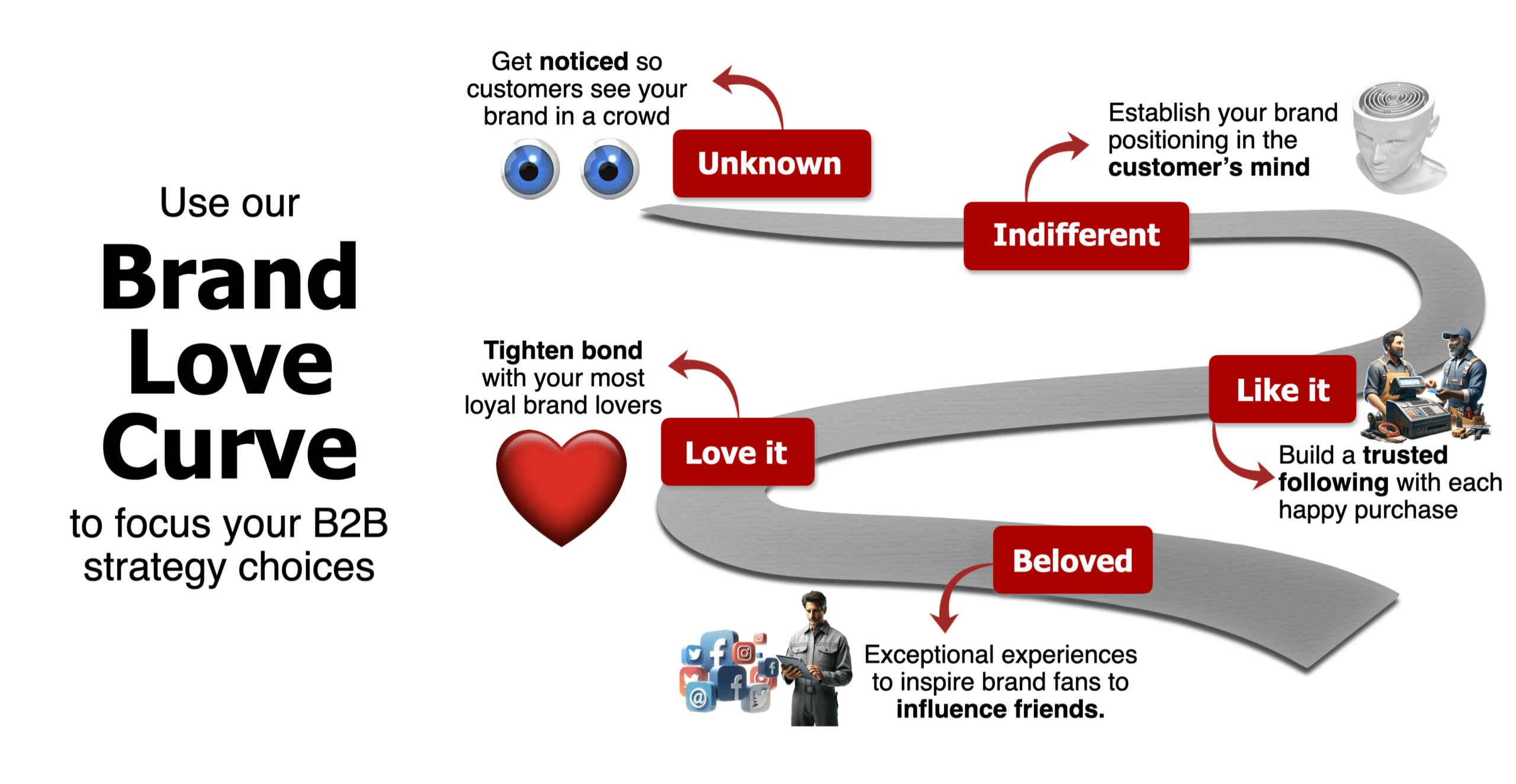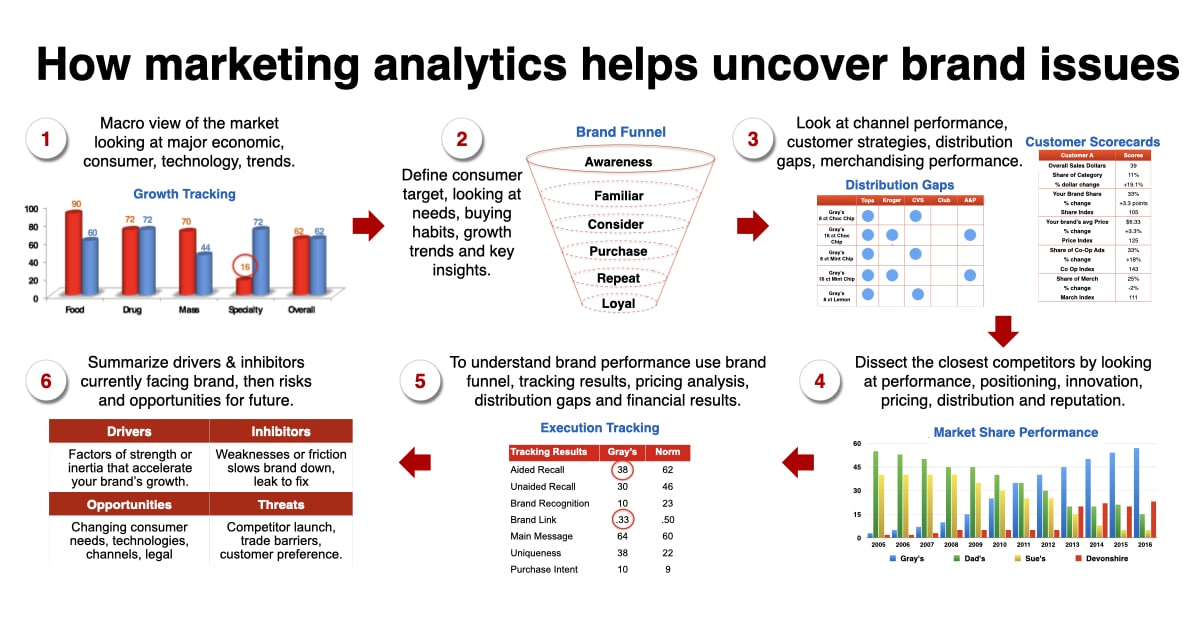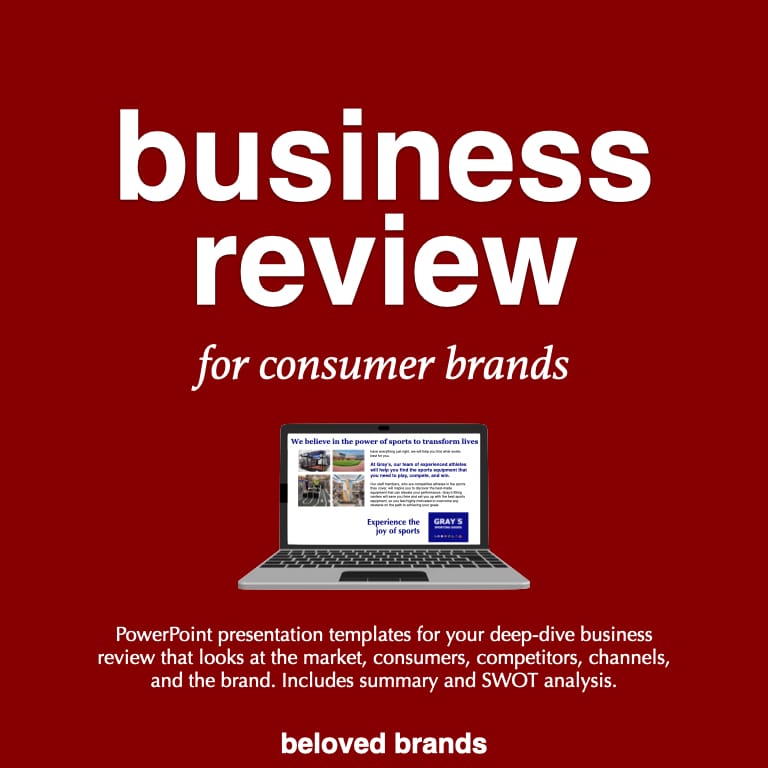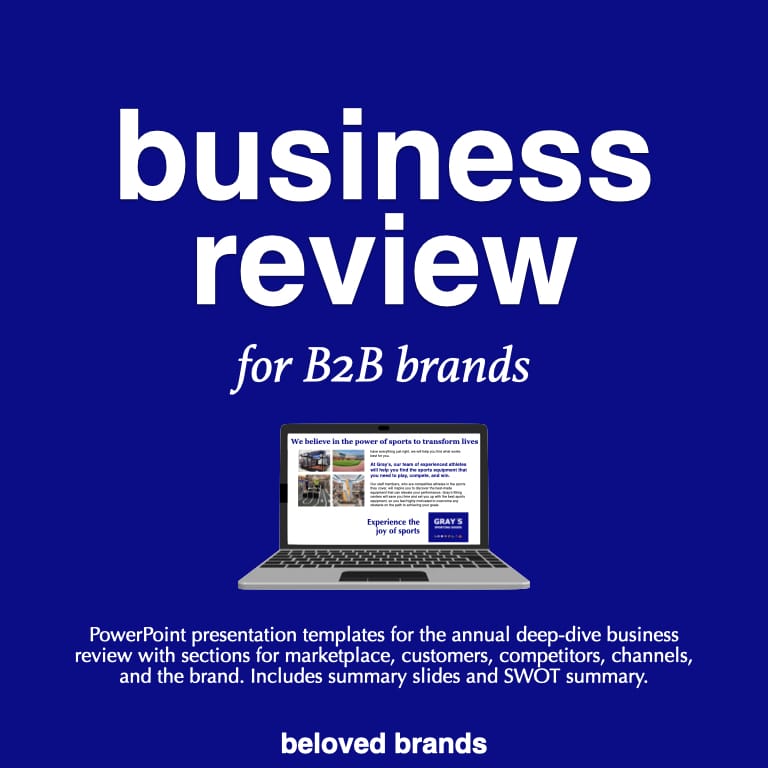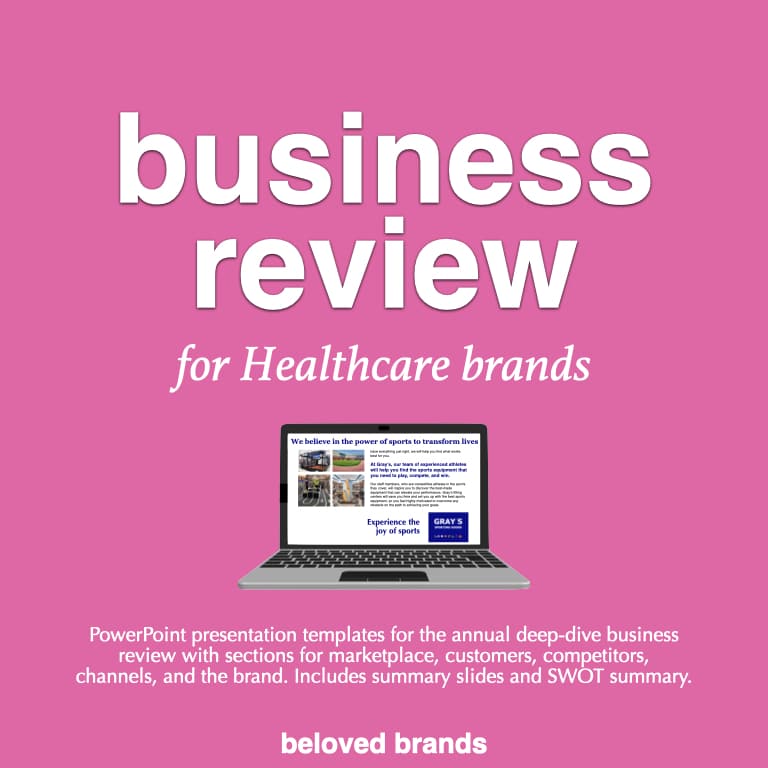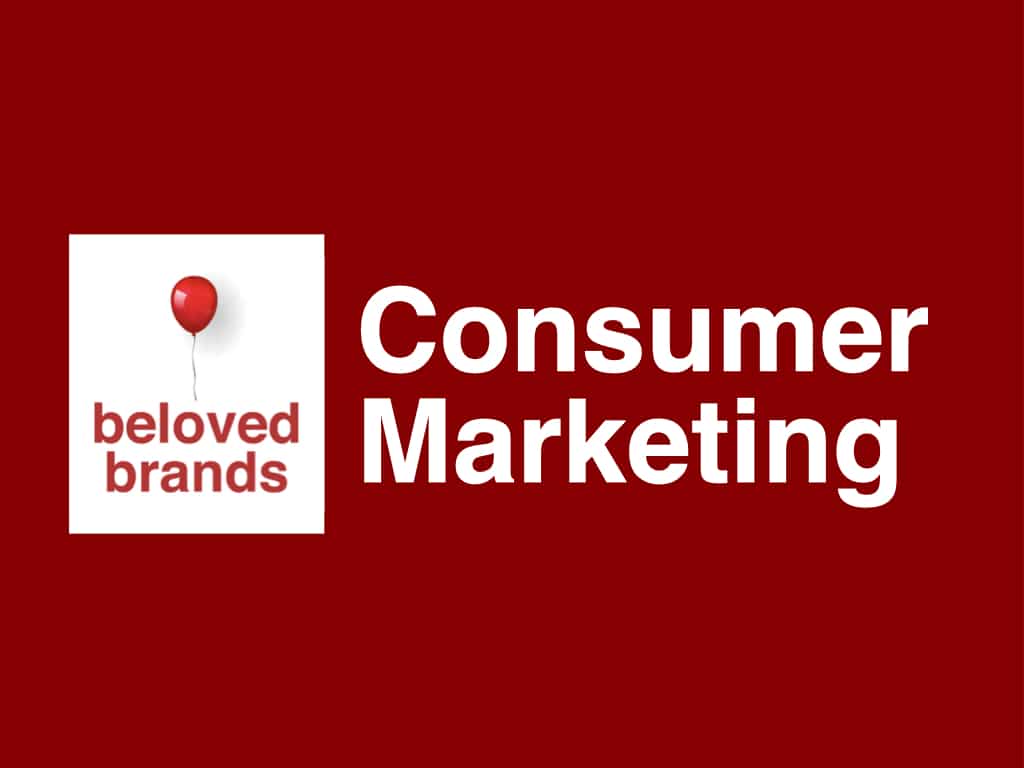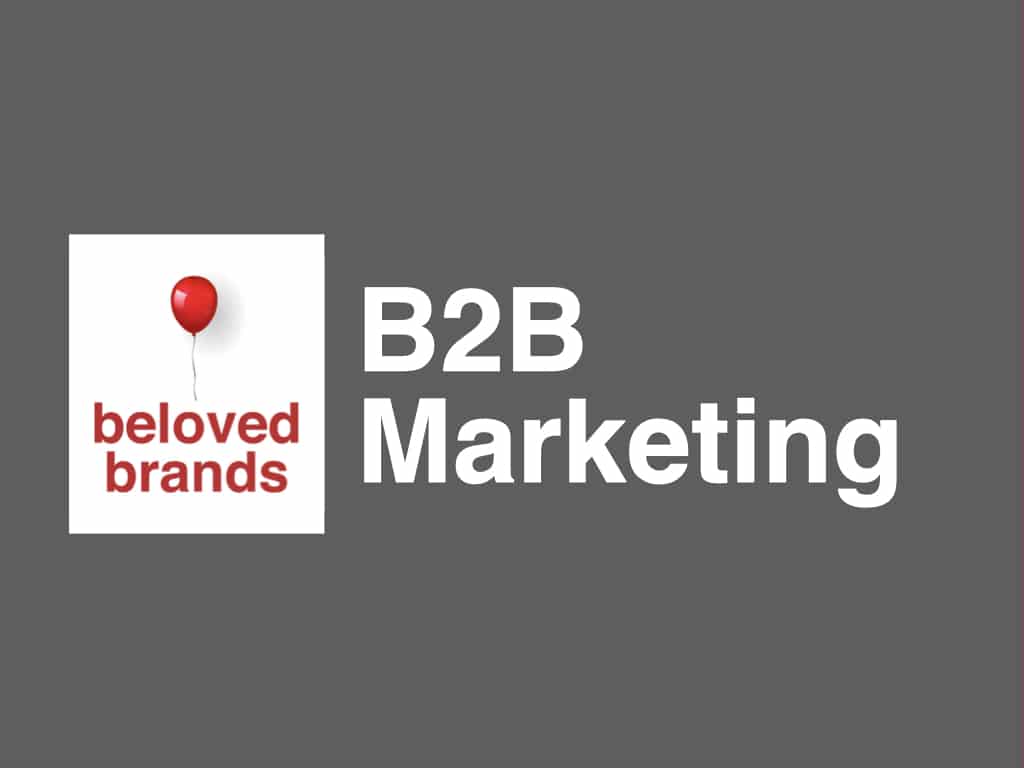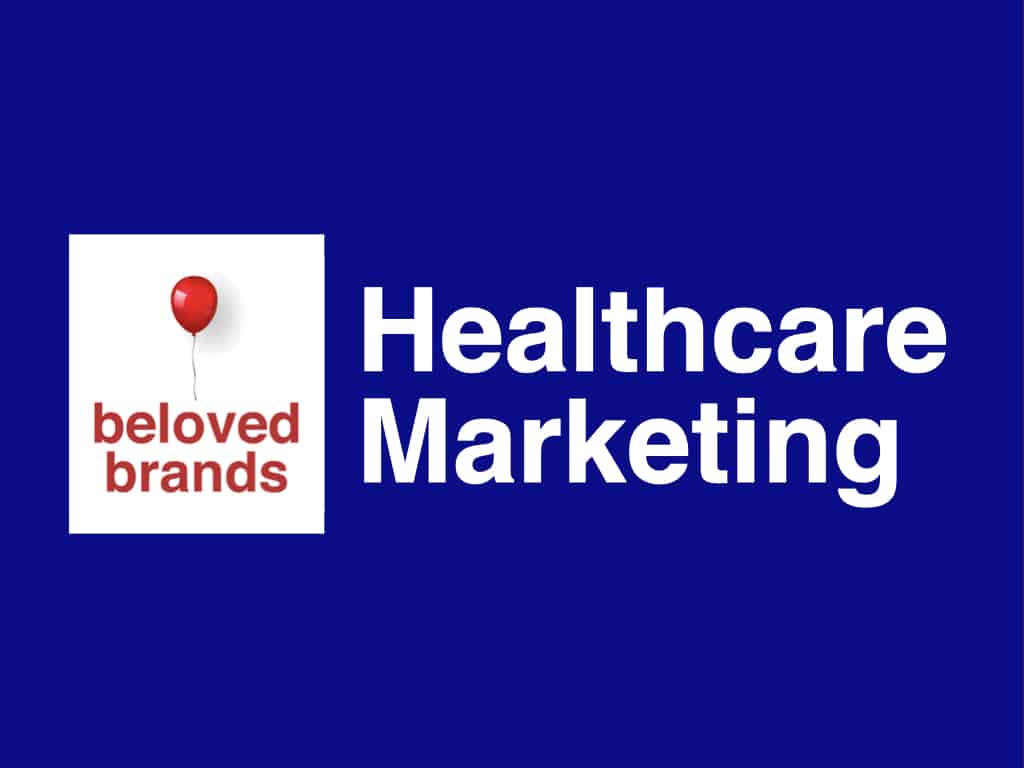A classic marketing funnel measures how successful a brand moves consumers through their purchase journey, including stages such as awareness, familiarity, consider, purchase, repeat, and loyalty. From a strategic view, the brand funnel tells you where your brand is now, and when analyzed with intelligence, it provides hints as to where you can go next. The marketing funnel is also called a sales funnel or brand funnel.
Importantly, we use the brand funnel analysis to help determine where your brand sits on the brand love curve, which outlines how consumers build a bond with a brand, as they move through five stages: unknown, indifferent, like it, love it, and onto the beloved brand status.
Our brand love curve sets up the brand strategy of where to go next. First, indifferent brands have very skinny brand funnels with low awareness, low purchases, and negligible repeat and loyalty. Second, brands that are liked but not loved have high awareness and sales. Without an emotional connection, they almost have no loyalty. Then, brands at the loved or beloved stage have the most robust brand funnels, with strong awareness, purchase, repeat, and loyalty scores. Above all, this analysis should be part of our deep-dive business review and can be used to set up your marketing plan decisions.
To illustrate, click on the purcahse journey and sales funnel diagram to zoom in.
Marketing funnel
Every brand should understand the details of its brand funnel. It’s one of the best tools for measuring your brand’s underlying health. It explains your consumer’s purchase journey. It is the equivalent of knowing your blood pressure or cholesterol scores.
A classic sales funnel replicates the purchase journey and measures awareness, familiarity, consideration, purchase, repeat, and loyalty. At the very least, you should measure awareness, purchase, and repeat. It is not just about understanding the absolute scores on the funnel. You need to understand the ratios that explain how good of a job you do in moving consumers from one stage of the funnel to the next.
I will show you how the robustness of your brand’s sales funnel explains where your brand sits on our brand love curve. As a rule, the broader the sales funnel, the better connected your brand is with consumers.
Marketing funnel analysis
A marketing funnel analysis using absolute scores
- A: On the sales funnel chart above, the first thing to do is look at the absolute marketing funnel scores. You can do many types of comparisons, whether you compare to last year, competitors, or category norms. Then, look at the sales funnel ratios, which is the percentage score for how well your brand can convert consumers from one stage of their purchase journey to the next. To create ratios, divide the absolute score by the score above it on the funnel. In the example above, divide the familiar score of 87% by the awareness score of 93% to determine a conversion ratio of 94%. This means 94% of aware consumers are familiar
- B: Then, on the next chart, lay out the absolute scores and ratios horizontally to allow a comparison. You will notice these are the same scores as “A” and “B” in the previous chart. The crucial numbers for Gray’s Cookies are the ratios of 94%, 94%, 77%, 25%, and 12% at the top of the chart. Then, bring in a close competitor (Devon’s) with their absolute and ratio scores to allow a direct comparison.
The Marketing funnel analysis should use ratios
- C: Above, find the ratio gaps by subtracting the competitor’s ratio scores from your brand’s ratio scores. In the example, the first ratio gap is -4% ratio gap (94% – 98%). Clearly, this means Devon’s does a 7% better job in converting consumers from awareness to familiarity than Gray’s Cookies.
- D: Next, as you create ratio gaps along the bottom, you can see where your ratio is either stronger or weaker than the comparison brand. Essentially, these ratios show how well you can move your consumers along their purchase journey.
- E: Finally, start analyzing the significant gaps between the two brands and tell a strategic story to explain each gap. Looking at the example, you can see Gray’s and Devon’s have similar scores at the top part of the funnel, but Gray’s starts to show real weakness (-23% and -51% gap) as consumers move along their purchase journey from repeat to loyalty. You need to address and fix these sales funnel gaps with your brand plan.
Stages of the purchase journey
It takes a strategic mind to figure out how brand love and the purchase journey move together.
First, for new brands, they are completely “unknown” to consumers. Unless there were genuinely compelling messages, consumers would walk past without even looking. To achieve some success, the priority for these brands is to get noticed within the clutter of the market.
Then, at the “indifferent” stage, consumers feel O.K. about the brand, similar to how they usually feel about commodities, like fruit and vegetables. These brands satisfy the consumer’s basic needs. Consumers will only buy the brand when it is on sale, but switch back to their other brand choice when it is not. Make your brand more than just a commodity. Brands need to be better, different, or cheaper. Otherwise, they will not be around for long, and you waste your investment.
Next, brands that reach the “like it” stage experience the first sign of business success. Their consumers see the brand as a logical, functional, and smart choice. However, the lack of any emotional connection leaves the purchase up to chance. Consumers will still switch brands randomly. Brands at the like it stage stress the product performance so much they forget to trigger any emotions.
As consumers start to love your brand
Importantly, brands at the “love it” stage start to see more emotionally engaged consumers. The rule of love you must follow: Consumers must love the brand before you can tell consumers you love them. Consumers see the brand as a favorite choice, usually connected to a favorite part of their day. They are loyal and build the brand into a routine. These brands must also find a way to demonstrate their love toward consumers and continue to tighten the bond with their most loyal brand lovers.
Finally, brands at the “beloved” stage are where the brand becomes iconic, with a core base of brand lovers who cherish and defend the brand. These consumers see the brand as a personal choice, a badge they proudly hold in their hands or wear on their feet. At the beloved stage, the brands must create magical experiences that inspire brand lovers to share with their friends.
Our brand love curve explains how consumers feel at each stage of their purchase journey
Beloved Brands Marketing Training
To view, use the arrows to see our Beloved Brands Marketing Training program brochure.
It's time to elevate your marketing team's performance with our Beloved Brands Marketing Training program.
Our marketing training makes your marketers smarter with brand analytics, strategic thinking, brand positioning, brand plans, and marketing execution.
Marketing funnel metrics
Matching marketing funnel analysis to the brand love curve
You can begin using your consumer tracking, sales funnel, market share, and the voice of the consumer to help explain where your brand sits on the brand love curve.
First, indifferent brands have skinny sales funnels, starting with inferior awareness scores. Consumers have little to no opinion. Concerning performance, you will see low sales and poor margins. Your brand plan for indifferent brands should increase awareness and consideration to kickstart the consumer’s purchase journey.
Next, the like it brands have sales funnels that are solid at the top but quickly narrow at the purchase stage. Consumers see these brands as ordinary and purchase only on a deal. When they are not advertised or on sale, sales fall off dramatically. These brands need to close potential leaks to build a loyal following behind happy experiences.
Then, the love it brands have a reasonably robust sales funnel but may have a smaller leak at loyal. They have stronger growth and margins. Look for ways to feed the love at various stages of the consumer’s purchase journey turn repeat purchases into a ritual or routine.
Finally, beloved brands have the most robust brand funnels and positive consumer views. These brands should continuously track their funnel and attack any weaknesses before competitors exploit them. Also, it is time to leverage that brand love to influence others.
Get our Business Review PowerPoint template
Conduct a thorough and effective annual business review with our Business Review template.
Our Business Review template is designed to provide an in-depth assessment of your brand’s performance. It includes PowerPoint slides that look at the marketplace, consumers, competitors, channels, and the brand. Ideal for use in annual deep-dive assessments or brand audits, it is perfect for brand managers, consultants, or agencies looking to evaluate their brand’s strengths, weaknesses, opportunities, and threats and develop a plan for improvement.
The template offers easy customization with formatted PowerPoint slides, key definitions, and a fully completed example plan for tailoring your specific needs. Available in different versions for consumer, B2B, and healthcare brands, this template is essential for anyone looking to improve their brand’s performance. All of this is available at just $79.
How consumer brand strategies should match up to the brand love curve
Five major brand strategies help move your brand from one stage of the brand love curve to the next.
Your consumer strategy should change at each Brand Love Curve stage. For the unknown stage, a brand should focus on getting noticed. At the indifferent stage, focus on establishing the brand in the consumer’s mind. Then, at the like it stage, create reliable experiences. At the love it stage, focus on the connection with consumers. Finally, at the Beloved Stage, try to get your most loyal consumers to speak out or show the brand to others.
Leading a business review
For unknown brands, the strategic focus should be to stand out so consumers will notice the brand within a crowded brand world, where they see an estimated 5,000 brand messages per day.
For indifferent brands, the strategy must establish the brand in the consumer’s mind so they can see a clear point of difference over their current brand choice.
At the like it stage, the strategy is to separate the brand from the pack, creating happy experiences that build a trusted following over time. Only after they trust the brand, they begin to open up.
At the love it stage, the focus shifts tightening the bond with the most loyal brand fans.
At the beloved stage, the strategic challenge is to create outspoken, loyal fans who are willing to whisper to their friends on the brand’s behalf.
Business review templates
The importance of market research for the brand manager
In conclusion, as a brand manager, it’s important to understand the different types of marketing research available and how they can be used to inform brand strategy. Consumer targeting research can provide insights into the demographics, psychographics, and purchasing habits of the target market. Competitor analysis research can provide valuable insights into a brand’s competition, their strengths and weaknesses, and what sets them apart in the market. Advertising research can provide valuable insights into what messaging and media channels are most effective for reaching the target audience.
When you’re facing a tight budget you can do your own market research. Click here to learn how you can do your own market research.
Beloved Brands video
Everything a Marketing must know about.
Importantly, Brand leaders need to know how to think, define, plan, execute and analyze with the best of them. Moreover, while the brand leaders don’t really know how to do anything, they are looked upon to make every decision. Have a look at our five minute video on everything a marketer must know. To read more, click on this link: Everything.
To view, use the ▶️ controls to play or volume buttons
If you are looking to make your marketing team smarter, we can help. To get started, email Graham Robertson at graham@beloved-brands.com
What type of marketer are you?
We believe that marketers learn best when they see our marketing concepts applied to brands that look like their own. We have come up with specific examples – consumer, B2B and healthcare – to showcase our marketing tools. Click on the icon below to choose your interest area.


